- عنوان کتاب: The biology and therapeutic application of mesenchymal cells
- نویسنده: Kerry Atkinson
- حوزه: بیولوژی درمانی
- سال انتشار: 2017
- تعداد صفحه: 1007
- زبان اصلی: انگلیسی
- نوع فایل: pdf
- حجم فایل: 19.5 مگابایت
سرندیپیتی در زندگی بیشتر افراد، اگر نه همه، نقش دارد. من در سال 1970 در بیمارستان سلطنتی ساسکس کانتی در برایتون، انگلستان، در رشته پزشکی داخلی آموزش می دیدم که تعدادی از بزرگسالان جوان را با لوسمی حاد بستری کردیم. ما آنها را به بیمارستان رویال ماردن در ساتون، ساری ارجاع دادیم، بیمارستانی که فقط با سرطان سروکار دارد. با شماره مقابلم در آنجا آشنا شدم، دکتر سندی پترسون، و یک روز تلفنی از من پرسید که آیا علاقه مند به کار در آنجا هستم یا خیر. گفتم من بودم، مصاحبه کردم و کار را گرفتم. در طول دوران چرخش من در واحد سرطان خون بزرگسالان که توسط پروفسور گوردون همیلتون-فیرلی، پروفسور تیم مک الوین و پروفسور ری پاولز اداره می شد، به سرعت برایم آشکار شد که بزرگسالان مبتلا به لوسمی حاد، در حالی که اغلب با شیمی درمانی ترکیبی بهبود می یابند، تقریباً همه عود کرده اند و متعاقبا درگذشت در پایان دهه 1960 و در اوایل دهه 1970، پروفسور E Donnall Thomas و تیمش در سیاتل، واشنگتن، ایالات متحده، کار پیشگام خود را بر روی پیوند مغز استخوان آلوژنیک برای افراد مبتلا به بدخیمی های هماتولوژیک غیر قابل درمان آغاز کردند. او در سال 1990 جایزه نوبل پزشکی را برای این کار دریافت کرد. مک و ری آینده نگری داشتند که این را در Royal Marsden معرفی کنند، و بنابراین من برای اولین بار در معرض این درمان قرار گرفتم، که اگرچه دشوار و خطرناک بود، اما به طور معجزه آسایی برخی از دریافت کنندگان را درمان کرد. تا حدودی توسط فرآیند توصیف نشده ای که به عنوان اثر پیوند بر ضد لوسمی شناخته می شود، با واسطه سلول های T در مغز استخوان اهدا کننده عمل می کند. واقعیت شگفتانگیز بیولوژی سلولهای بنیادی شماره 1: سلولهای اهداکننده (معمولاً) پیوند میشوند و سیستم خونساز و ایمنی بازسازیشده در گیرنده (معمولاً) کاملاً از منشاء دهنده باقی میمانند. بنابراین، اگر خواهری از برادرش پیوند سلولهای بنیادی خونساز (HSC) دریافت کند، سلولهای خون و سیستم ایمنی او حامل یک کروموزوم XY خواهند بود نه کروموزوم XX. من هنوز این را شگفت انگیز می دانم. من درگیر بودم و قبل از پیوستن به کارکنانی که با پروفسور راینر استورب در آزمایشگاه و به عنوان پزشک معالج در بخش به مدت 4 سال کار می کردند، یک فلوشیپ 3 ماهه در مرکز تحقیقات سرطان فرد هاچینسون در سیاتل انجام دادم. همسرم پائولین استرالیایی است و می خواست به آنجا برگردد. پروفسور جیم بیگز اولین برنامه پیوند مغز استخوان استرالیا را به تازگی آغاز کرده بود و من در سال 1981 در بیمارستان سنت وینسنت سیدنی به او پیوستم. در سال 1996 دکتر کریس جوتنر که یک برنامه پیوند مغز استخوان معادل را در آدلاید اجرا می کرد، معاون رئیس جمهور شد. از امور بالینی و نظارتی در Systemix Inc.، یک شرکت بیوتکنولوژی که توسط پروفسور Irv Weissman از دانشگاه استنفورد با مالکیت فکری خود در اطراف فنوتیپ CD34 + CD90 + HSCهای انسانی تأسیس شده است. کریس از من پرسید که آیا میخواهم آزمایشهای HSC Systemix را در ایالات متحده و اروپا اجرا کنم. این یک تجربه هیجان انگیز اگر فرار بود. Systemix 2 سال بعد تعطیل شد و من متعاقباً به عنوان معاون امور بالینی و نظارتی در Osiris Therapeutics Inc.، یک شرکت بیوتکنولوژی در بالتیمور، ایالات متحده، که دارایی معنوی آن سلولهای بنیادی مزانشیمی انسان (MSCs) را پوشش میداد، سمت گرفت. واقعیت شگفتانگیز بیولوژی سلولهای بنیادی شماره 2: وقتی دانشمندان در Osiris به من در مورد عدم نیاز آشکار به تطابق سازگاری بافتی بین اهداکنندگان MSC و گیرندههای MSC میگفتند، با حیرت گوش میدادم، بنابراین دری را به روی امکان بانکهای MSC آلوژنیک انجماد شده با “خاموش” باز میکردم. رویکرد قفسه برای استفاده از آنها در آزمایشات بالینی. این من را به MSC ها جذب کرد و 15 سال بعد دلیلی برای گردآوری این کتاب بود.
Serendipity plays a role in the lives of most, if not all, people. I was training in internal medicine at the Royal Sussex County Hospital in Brighton, UK, in 1970 when we had a number of young adults admitted with acute leukemia. We referred them to the Royal Marsden Hospital in Sutton, Surrey, which is a hospital that deals only with cancer. I got to know my opposite number there, Dr Sandy Patterson, and one day on the phone he asked me if I was interested in a job there. I said I was, had an interview, and got the job. During my rotation in the Adult Leukemia Unit run by Professor Gordon Hamilton-Fairley, Professor Tim McElwain, and Professor Ray Powles it quickly became evident to me that adults with acute leukemia, while they would often attain remission with combination chemotherapy, almost all relapsed and subsequently died. At the end of the 1960s and in the early 1970s Professor E Donnall Thomas and his team in Seattle, Washington, USA, began their pioneering work on allogeneic bone marrow transplantation for people with otherwise incurable hematologic malignancies. He received the Nobel Prize in Medicine for this work in 1990. Mac and Ray had the foresight to introduce this at the Royal Marsden, and so I got my first exposure to this therapy, which, although difficult and dangerous, miraculously cured some recipients, acting in part by the as then undescribed process known as the graftversus- leukemia effect, mediated by T cells in the donor bone marrow. Amazing stem cell biology fact number 1: the donor’s cells (usually) engraft and the reconstituted hematopoietic and immune systems in the recipient remain (usually) completely of donor origin. Thus, if a sister receives a hematopoietic stem cell (HSC) graft from her brother, her blood and immune system cells will carry an XY chromosome and not an XX chromosome. I still find this amazing. I was hooked and I did a 3 month fellowship at the Fred Hutchinson Cancer Research Center in Seattle before joining the staff working with Professor Rainer Storb in the laboratory and as an attending physician on the ward for 4 years. My wife Pauline is Australian and wanted to return there. Professor Jim Biggs had just started Australia’s first bone marrow transplant program and I joined him at St Vincent’s Hospital, Sydney, in 1981. In 1996 Dr Chris Juttner, who had been running an equivalent bone marrow transplant program in Adelaide, had become Vice-President of Clinical and Regulatory Affairs at Systemix Inc., a biotechnology company started by Professor Irv Weissman of Stanford University with its intellectual property wrapped around the CD34+ CD90+ phenotype of human HSCs. Chris asked me if I would consider running Systemix’s HSC trials in the USA and Europe. This was an exciting if volatile experience. Systemix closed down 2 years later and I subsequently took a position as Vice President of Clinical and Regulatory Affairs at Osiris Therapeutics Inc., a biotechnology company in Baltimore, USA, whose intellectual property covered human mesenchymal stem cells (MSCs). Amazing stem cell biology fact number 2: I listened in astonishment as scientists at Osiris told me about the apparent lack of need for histocompatibility matching between MSC donors and MSC recipients, thus opening the door to the possibility of cryopreserved allogeneic MSC banks with an “off-the-shelf” approach to their use in clinical trials. This hooked me on MSCs and is the reason, 15 years later, for putting this book together.
این کتاب را میتوانید از لینک زیر بصورت رایگان دانلود کنید:



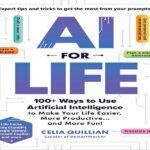
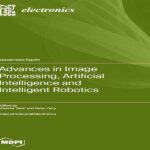
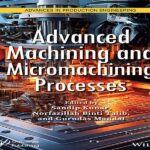



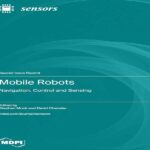
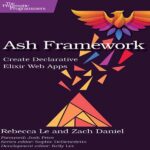
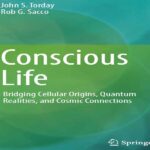

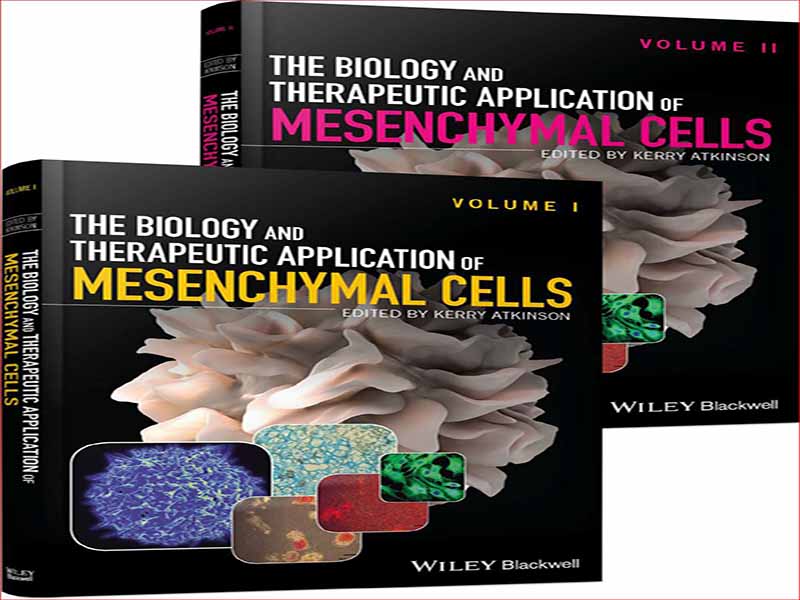

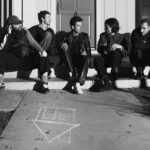
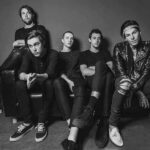
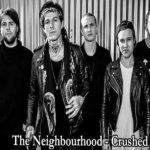
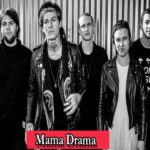
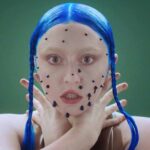
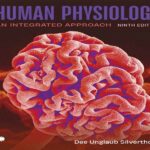
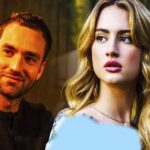
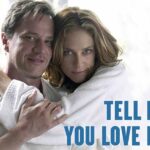
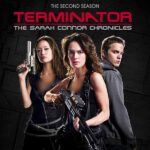
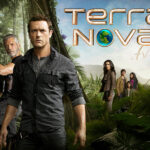
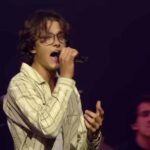

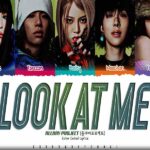







نظرات کاربران